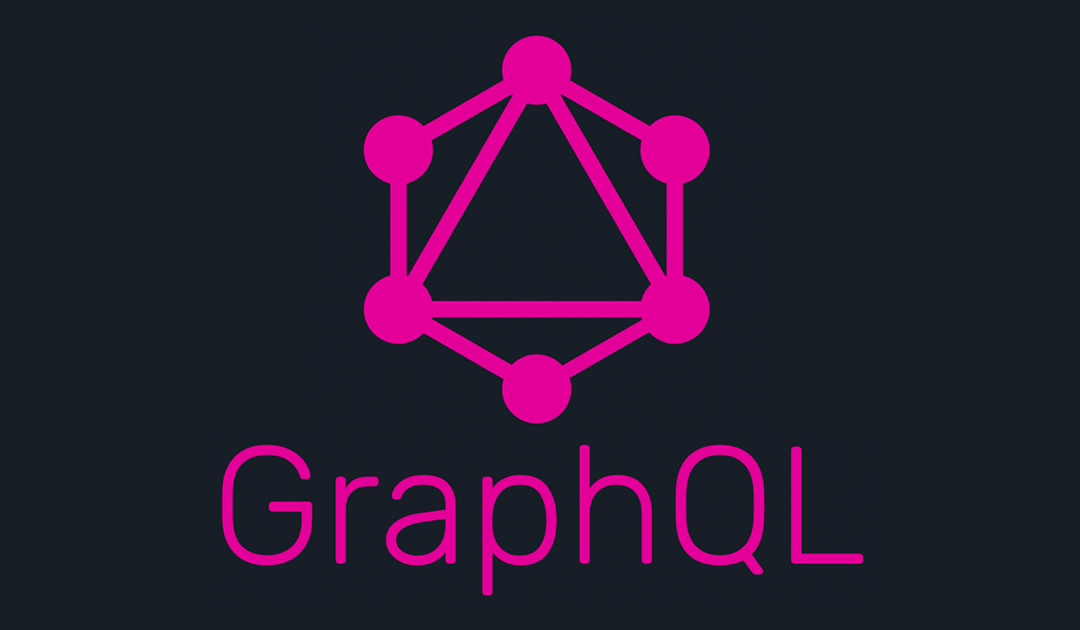
by Adam Singleton
At WWDC earlier this month Apple previewed ARKit – it’s initial foray into Augmented Reality or AR. Alongside the intro session at WWDC they published Understanding Augmented Reality which provides a nice overview of how ARKit works, best practices, and its limitations.
Following WWDC the development community has put together a number of great demos that highlight the possibilities and potential of ARKit and the Made with ARKit (@madewithARKit) site has been chronicling some of the best of these.
Here are a few of my favorites…

by Adam Singleton
In my last post I took a closer look at how the Apollo iOS GraphQL client executes queries and what the resulting JSON looks like. In this post I’m going to focus on how the JSON is parsed and converted to the native Swift types generated by the apollo-codegen tool and also look at how the Apollo iOS client caches results.

by Adam Singleton
Don’t ask me why you find yourself working in ASP.NET. I know there are more effective ways to build a site.
Don’t ask me what reason could possibly explain needing to change some passwords. Why isn’t this functionality built in to the app? I know, I know…
But you’re there. Your app is using the MembershipProvider system, which saves the passwords in the database in some kind of encrypted form. And now you have to change some passwords quickly, probably for multiple embarrassing reasons, yet the app doesn’t offer you the functionality to do so, and you don’t have the time to add that functionality and re-build and re-deploy the app.
If only it were possible to go into SSMS and change the passwords using only T-SQL.
Now you can.

by Adam Singleton
GraphQL is a “query language for your API” developed by Facebook back in 2012 for use in its mobile apps, which in 2015 became a published open source specification and framework. Its development was driven by frustration with the state of REST-like endpoints and development of mobile and web apps to consume them.
I hadn’t worked with GraphQL before, but it looked interesting and wanted to see if we could put it to use in the mobile or web apps we build.

by Adam Singleton
Python is a powerful programming language with extensive library support. But what does one do when needing to integrate with a platform-specific C or C++ component that has no native Python support? There are two options: completely rewrite the functionality in Python, or create a Python extension. Either option can be painful and prone to errors. Enter Cython. It’s like the peanut butter and the jelly to the extension sandwich.
Like a PBJ sandwich, Cython code is easy to construct, satisfying to use, does not require exotic ingredients, and can be prepared by almost anyone.



